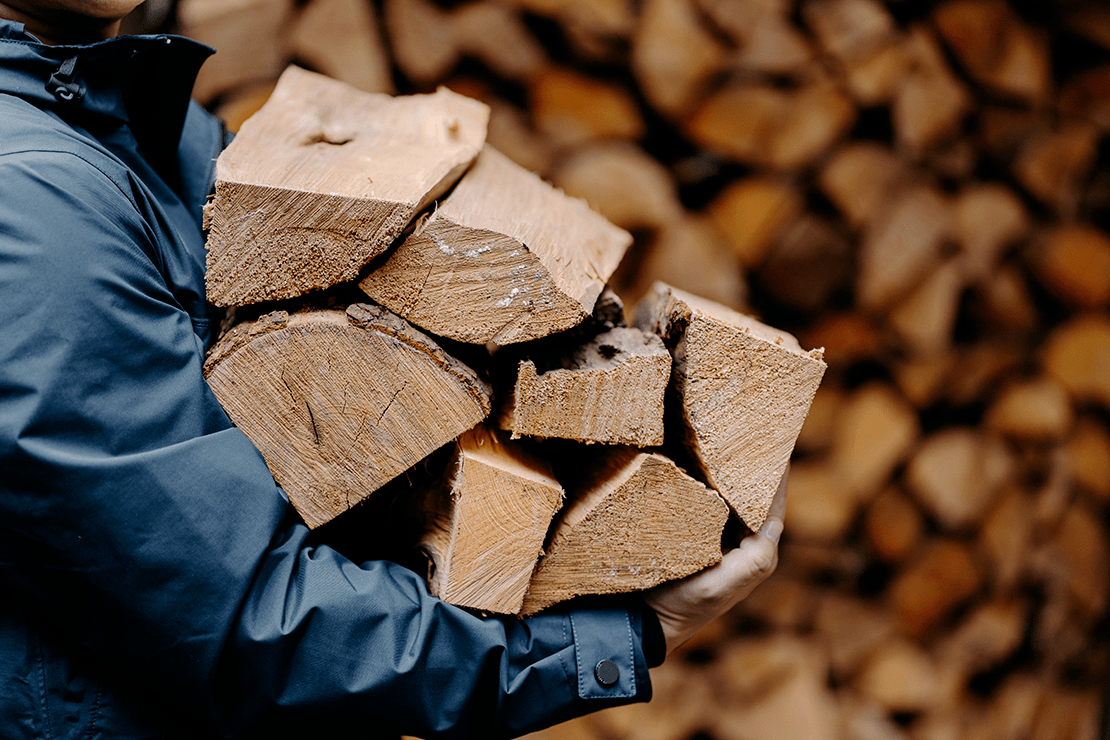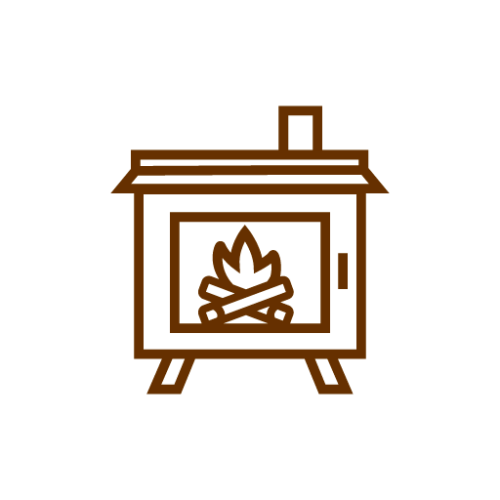Project Stove Swap
Region
MinnesotaTimeline
2017 - presentAudience
Residents using wood as a primary heat sourceTopics
Overview
Project Stove Swap helps connect residents to local vendors to swap out old, inefficient wood burning stoves or appliances with a new model. Discounts to swap range from $325 to $10,000 depending on the type of equipment replaced and income level.
Older wood burning appliances manufactured before 1992, used as primary or major heat source in a household, and that consume at least two cords of wood annually are eligible for the program. Eligible equipment includes:
- Wood stoves and fireplace inserts.
- Pellet stoves and inserts.
- Forced air furnaces.
- Hydronic heaters.
Due to unexpectedly high demand, Environmental Initiative is not currently accepting new applications for Project Stove Swap.
Support Project Stove Swap
Demand for wood stove changeouts are currently exceeding current funding available for the effort. Foundations, government agencies, businesses, or individuals interested in supporting Project Stove Swap and expanding our impact can contact Bill Droessler, senior partnership director.

Why focus on wood smoke?
Wood smoke is composed of a mix of gases, chemicals, and fine particles. The finest particles are small enough to be absorbed by the lungs and enter into the bloodstream, which can cause a variety of health concerns, especially in children, the elderly and people with existing heart, lung or upper respiratory conditions.
Accomplishments
Since 2017, Environmental Initiative and our partners have achieved environmental, economic, and health improvement successes through Project Stove Swap.

383
older, inefficient wood burning appliances have been swapped.

$2 million
in local economic activity has been generated.

13
Participating small businesses assisted with stove swaps.

I would not have been able to afford a stove, which is life changing for me, if it had not been for Project Stove Swap. When you’re on a fixed income, it helps you out financially to have such an efficient stove. I’ll be able to stay in this home longer down the road because of Project Stove Swap.
Project Contacts
Have questions about sponsoring Project Stove Swap, becoming a vendor partner, or swapping out your stove? Contact Bill to get started.



